September 2023
Welcome! I am writing this first monthly review with the September rain coming down outside, insisting I acknowledge the end of summer. It’s been a pretty busy season photographically -- so much so that I’m even more behind on my social media than normal.
So, to get around the quite frankly horrific job of writing Instagram captions, I thought I would save everyone some time and start summing up each month of my photography here instead. I suppose it is a blog, with some occasional journalism talk so I can work on my copywriting.
In lieu of a comment section, I will make a post about this on my socials where people can say what they need to say. Consider it my little stand against the number of accounts we all have to have nowadays (yes, I am a part of Gen Z, even if I don’t sound it).
Without further ado, let’s get into September.
08 // Wandsworth Escape
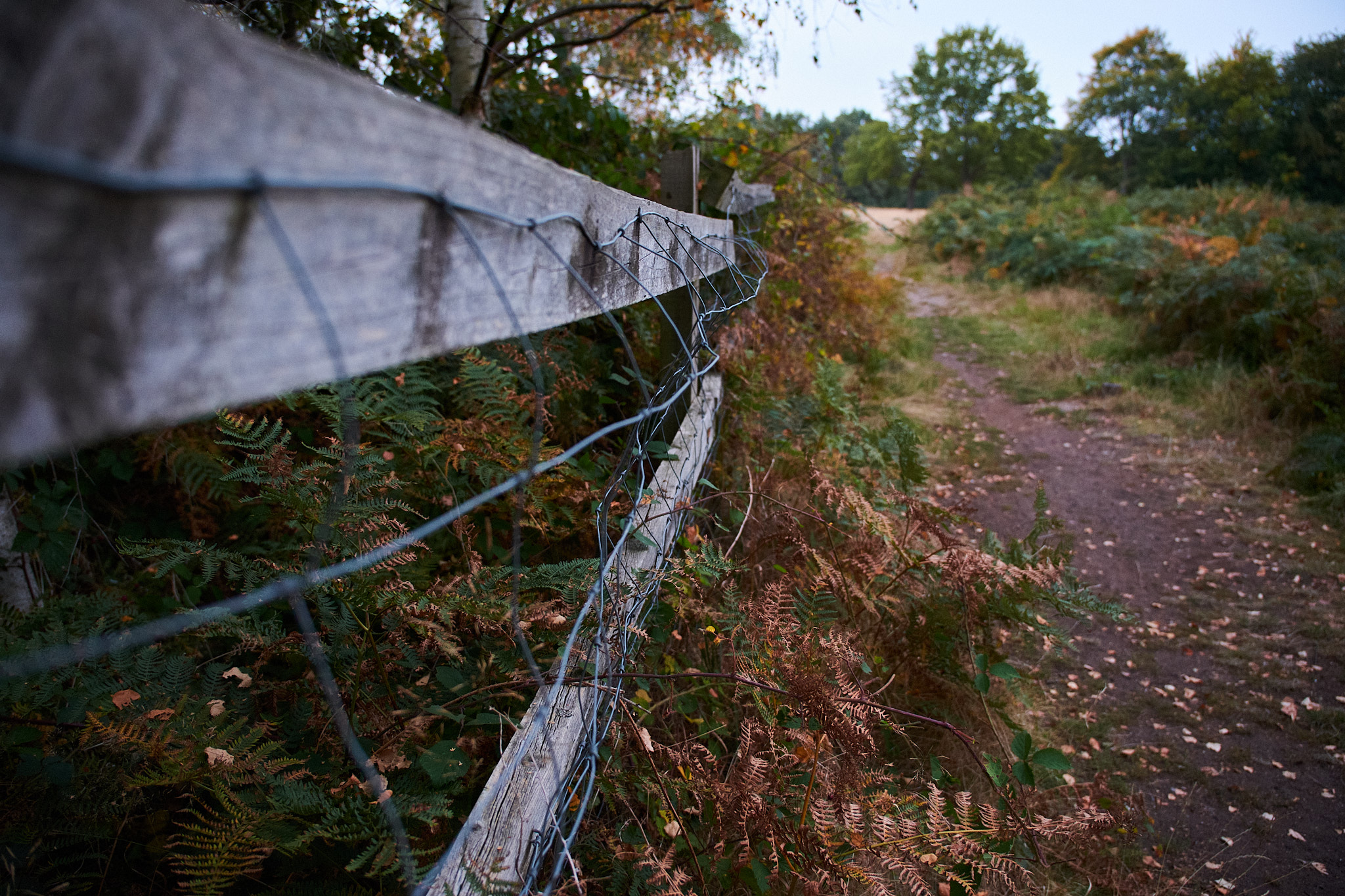
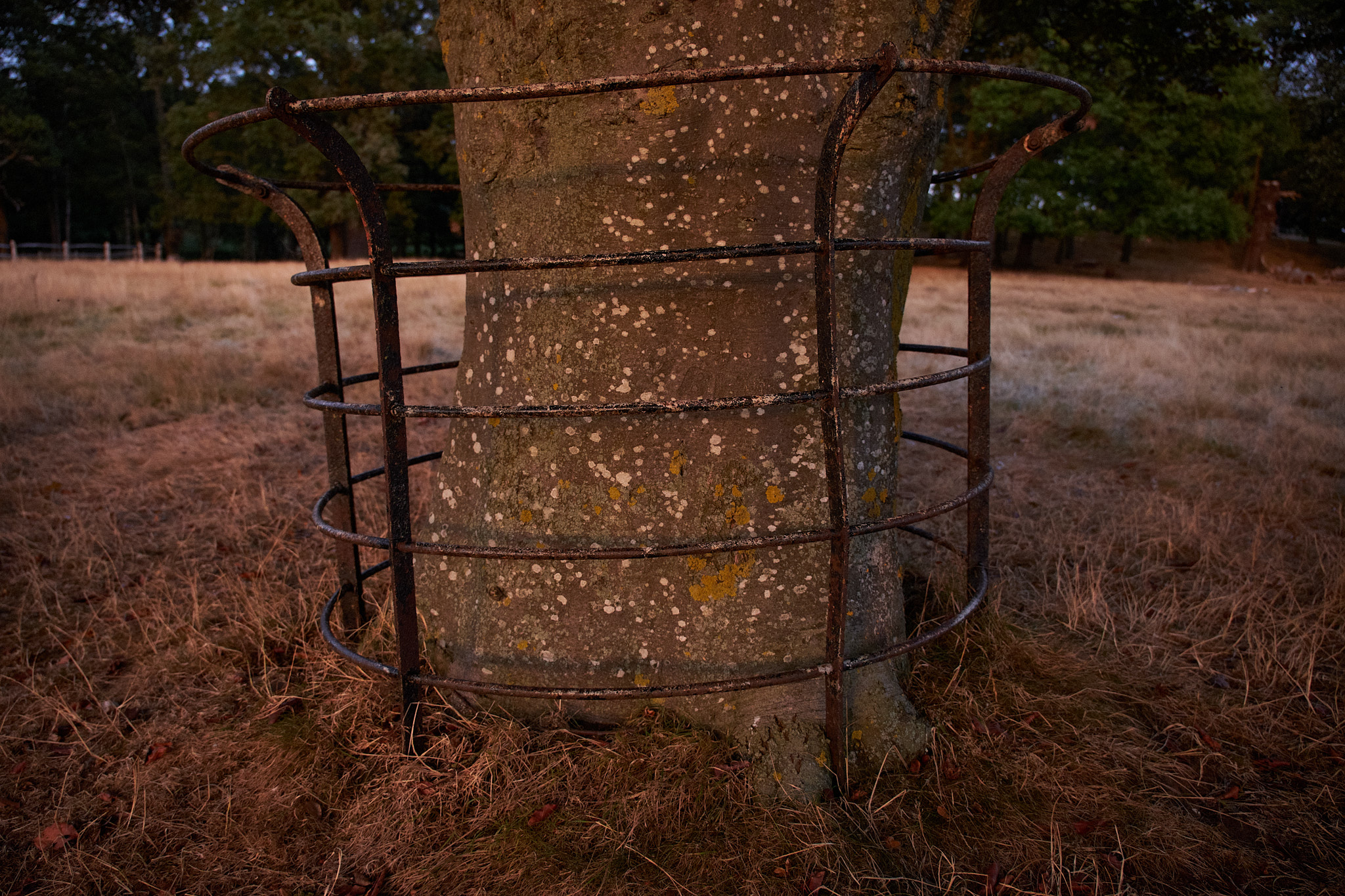








Daniel Khalife, the man who put Richmond Park on the front page for a day. Naturally, I was nowhere near my local park when this hit national news. It wasn’t until the next evening that I was able to have an explore of the alleged terrorist’s route of choice from Wandsworth Prison.
Of course, this was after the police, helicopters and all, were long gone. Back to business as usual. I suppose that makes this little series aftermath photography, although there isn’t much to hint at the national news story that had taken place 24 hours prior. It was wishful thinking to expect a dramatic scene of discarded crime scene tape flapping in the wind, complete with a beautiful vista in the background.
But this story really grabbed me -- a lot more than I expected. Khalife had grown up where I did, gone to a school I had friends from, walked along the streets I still walk every day. He must have known the park too. I might sound a little too sympathetic to a potential terrorist, but we are two young men of similar ages who, for many years, were living remarkably similar lives (barring the potential spycraft on behalf of the Iranian government). At the very least, I can say I understand that desire to escape (a sentiment shared by some countries’ legal systems too, where escaping prison is not a crime, seen simply as human nature).
The park itself is a hell of a place for a manhunt. This is an old deer park after all: a place for the King and his noblemen to hunt from dawn till dusk. (The Royal Parks still see biannual culls to keep the deer populations down, which is a story in and of itself.) The idea of an escaped man, running for his life as the state, aided by their aerial foxhounds, follows hot on his heels... there is a certain poetry to it.
So bringing this all together into a photo series is a little tricky. There are just too many themes to play with. The series focuses on three main ones: symbols of restraint (fences, cages); the quietness of a place that the news cycle has just moved on from; and what the park must have looked like to Daniel Khalife, taking overgrown and forgotten paths in a place built for the hunt, all while catching glimpses of the outside world. Of escape.
The gallery is just a hint to what I captured on that trip to the park, the day after the police had moved on. All these different threads to pull on plus my subjective attraction to the story practically screams ‘zine’ for me. We’ll have to see what comes of that.
For those interested in an update, Daniel Khalife has since pleaded not guilty against charges relating to the escape.
15, 16 // Korean British Cultural Exchange and East & South East Asian Festival
It’s been festival season down in SW London. The carnival kicks off the event calendar, with Kingston Heritage Service’s East & South East Asian Festival being a new inclusion from what I am aware (although I believe New Malden has had something similar in the past). This weekend-long affair was organised by KBCE, or Korean British Cultural Exchange. The festival was touted as an amalgamation of several east and south-east Asian harvest festivals, and seemed quite ambitious compared to Kingston’s usual events.
First came a Random Dance Challenge on a Friday evening, celebrating the 10th anniversary of K-Pop giant BTS. Turns out that, no, it wasn’t impromptu: I believe that the songs, or perhaps their order, were random. (The festival did start about an hour late, so I do feel like there was sufficient commitment to unpredictability.)
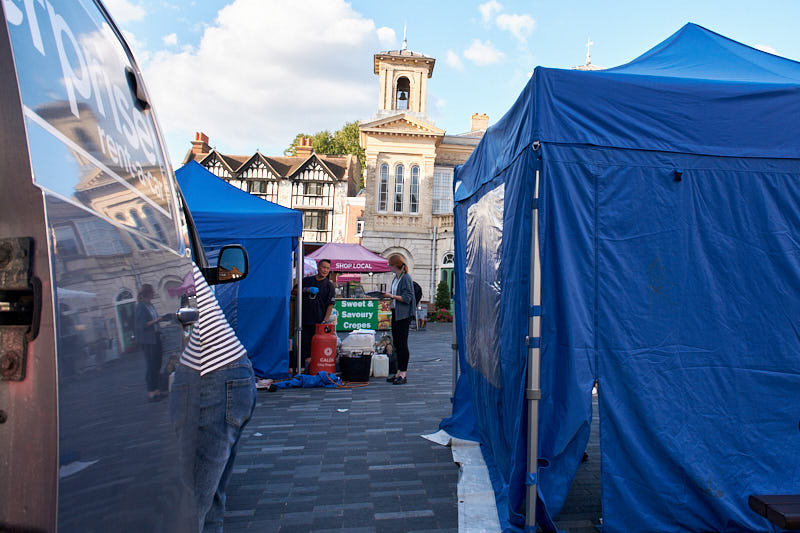


About an hour after the start time, the music began. The whole thing was fairly informal, with dancers jumping in when a familiar song came on. Only a few seconds of the song would play at a time -- there could be a big rush of dancers, or a brave soul jumping into the square for the less popular tracks.


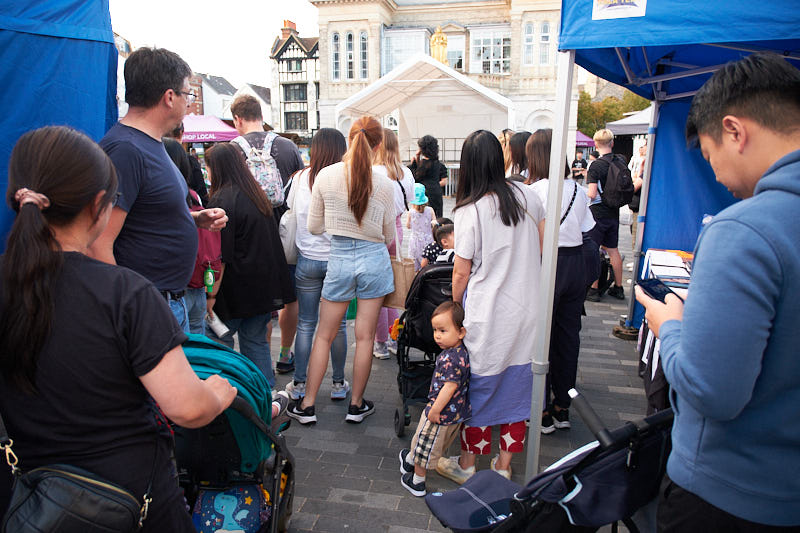
After maybe 15 minutes however, the audience actually began to join in. This is where it seemed to differ from the town’s typical festivals. Being created by a specific community (or communities, rather), there was a much more sociable atmosphere than more generic events. The slightly stuffy ‘put on by the council’ feeling was nowhere to be seen, with only one lanyard in sight.

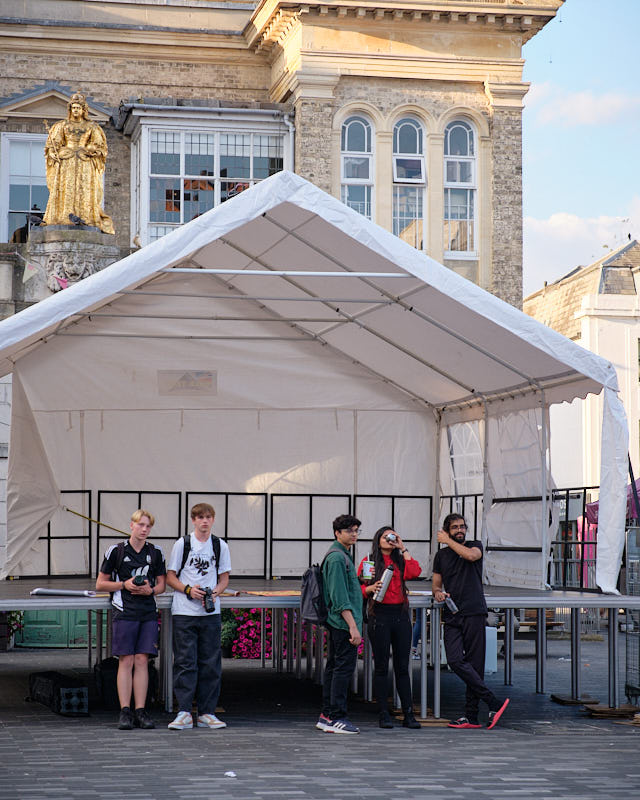

What was especially lovely to see was the number of families that got involved. Given the student-age dancers, it was easy to see how the younger children had that universal need to be like the ‘older kids’.

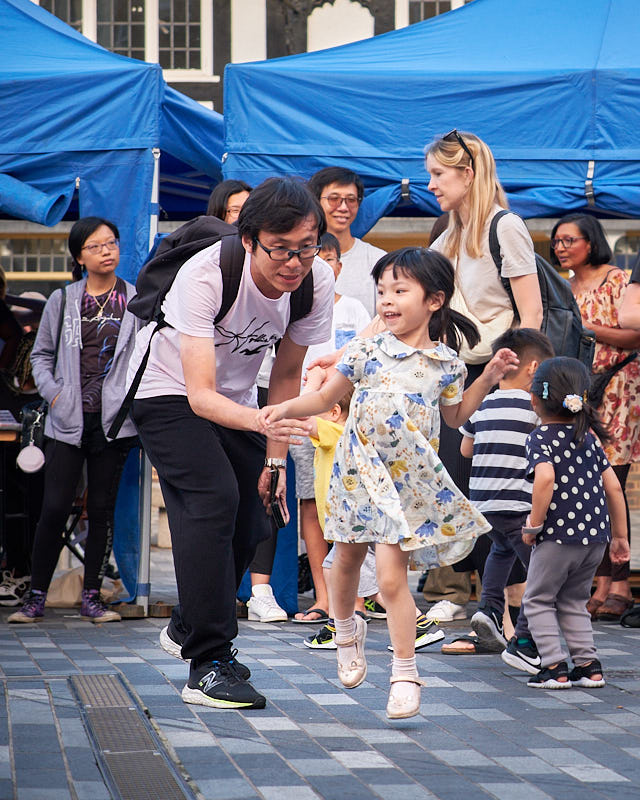


All put together, it was a very promising start to a very busy weekend of photography in Kingston.


Saturday’s Autumn Moon Festival promised a far bigger turnout, having a pretty hectic itinerary of live music and performances -- with the weekend crowds to match. After some introductory live Cantonese music, the festival moved into the first of its setpieces, a Korean sword dance performed by London Kim’s Dance Group. One of the larger groups of performers, the dance took up the entire market square, making for some of the festival’s most dramatic shots.


Keeping with the dance-theme, they were followed up with a Chinese fan dance by New Malden’s Korean and Arts Centre, or KCA.




As you might be able to see from these images, the sun was really beating down on the festival-goers at this point.
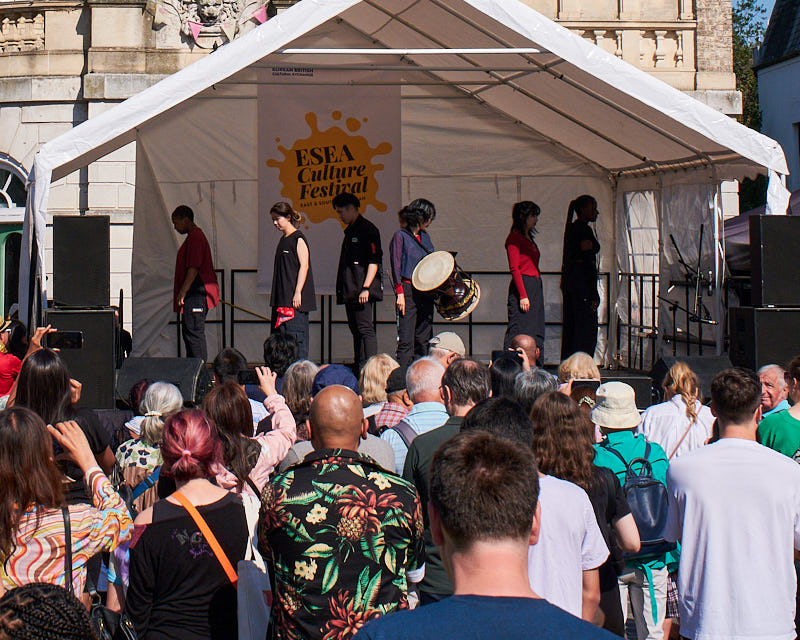



Sadly, I wasn’t able to catch every performance during the day, (more on that later) so I decided to end on a high with the Livingwell Taekwondo Academy, headed by Master Derek Sumner. The show was designed to show each student’s skills to the best of their ability, prioritising inclusion above all else. The crowd was really supportive of the varying abilities on show: another tick in the box for the festival-goers in my book. Even the more ambitious demonstrations that took a few more attempts to pull off were accompanied by plenty of cheers from the audience.





Some of these images are hopefully going to be used by the KBCE for some social media outreach. A big thank you goes to them and the KHS for getting the whole weekend of events running so smoothly: can’t wait for 2024!
16 // The Great Boat Race
And this is why I couldn’t stick around at the Autumn Moon Festival: the 35th Great River Race. Self-described as ‘London’s River Marathon’ the 21.6 mile-long race takes rowboats from Millwall in the east and travels through the capital to the Richmond-Ham area in the West, with the finish line at Ham House.
They’re not wrong about the marathon comparison either. Much like their land-lubbing cousins, the boat crews more often than not decorate their boats, with varying levels of commitment to their respective themes on show (although flags are a race requirement). The boats are not all full of competitors however: each one must carry both a cox, responsible for keeping the rowers’ strokes in rhythm, and a passenger, whose role is one of ceremony.

In short: the race is supposed to honour the Thames watermen, who ran small river taxis up and down the capital’s earliest highway. For centuries, there were no crossings between Kingston Bridge and London Bridge (roughly the distance of the race as it happens). This made the watermen vital for life in London. In order to honour these key workers almost one thousand years later, a passenger is required on each of the competing vessels, keeping the legacy of the watermen in the minds of their contemporaries.
This coverage was essentially split up into two parts. I’ll start with a bit of traditional photoessay goodness at 14:31, with me fumbling to get out my camera at the first boat of the day -- a passenger ferry desperately trying to outrun the 2,500+ exhausted crews behind them. A few smaller leisure craft, down to canoes and paddle boards lingered around between the river’s western bank and Glover's Island.*
This coverage was essentially split up into two parts. I’ll start with a bit of traditional photoessay goodness at 14:31, with me fumbling to get out my camera at the first boat of the day -- a passenger ferry desperately trying to outrun the 2,500+ exhausted crews behind them. A few smaller leisure craft, down to canoes and paddle boards lingered around between the river’s western bank and Glover's Island.*
*(Just a quick aside on Glover’s Island: formerly known as Petersham Ait, this small strip of land across from Petersham Meadows was purchased by a Thames Waterman(!) -- Joseph Glover -- in 1872, for roughly the
equivalent
of £6,500 in 2023’s money. (Some sources disagree on the exact price.)
23 years later, Glover tried to sell the island for £5000, equal to £540,000(!) to the mayor, living at the top of Richmond Hill with a perfect view of the island. The mayor passes on Glover’s bold business proposition, but not before he kindly suggests the council as a customer. They after all have a vested interest in maintaining the iconic view from Richmond Hill because of its iconic status as John Wootton’s 1740 -- all together now -- A View From Richmond Hill. At the risk of jeopardising this lucrative tourist attraction, they agree with the mayor, stating that at Glover’s ludicrous price, “it would be useless to enter into any negotiation for its purchase”.
Three years later, Glover tries to get buyers’ attention by
23 years later, Glover tried to sell the island for £5000, equal to £540,000(!) to the mayor, living at the top of Richmond Hill with a perfect view of the island. The mayor passes on Glover’s bold business proposition, but not before he kindly suggests the council as a customer. They after all have a vested interest in maintaining the iconic view from Richmond Hill because of its iconic status as John Wootton’s 1740 -- all together now -- A View From Richmond Hill. At the risk of jeopardising this lucrative tourist attraction, they agree with the mayor, stating that at Glover’s ludicrous price, “it would be useless to enter into any negotiation for its purchase”.
Three years later, Glover tries to get buyers’ attention by
putting the island up for auction, causing a great uproar throughout Richmond’s upper-crust.
Capitalising on this frenzy, Glover generously lowers the price 20 percent for a soap company, still to no avail. However, by this point the local press have caught wind of the vista’s imminent threat from
advertisements. A public fund is started to help the council pay for its purchase, and gets to £70 before the public find out about Glover’s poultry initial outlay of £50. (Or maybe the numbers are reversed -- no one quite knows.) The auction fares a little better, netting an offer of £200. An anonymous opportunist even makes an offer of £1000, intending to undercut Glover with the soap company. Glover remains firm, and holds the island hostage for another two years.
Glover’s Island is eventually rescued by Sir Max Waechter, Richmond’s High Sheriff and... famed European federalist. This proto-Remainer quickly passed ownership onto the council with the condition that the island is never developed: Richmond’s defining viewpoint is saved, while Glover pockets a tasty £164k in today’s money.)
Glover’s Island is eventually rescued by Sir Max Waechter, Richmond’s High Sheriff and... famed European federalist. This proto-Remainer quickly passed ownership onto the council with the condition that the island is never developed: Richmond’s defining viewpoint is saved, while Glover pockets a tasty £164k in today’s money.)





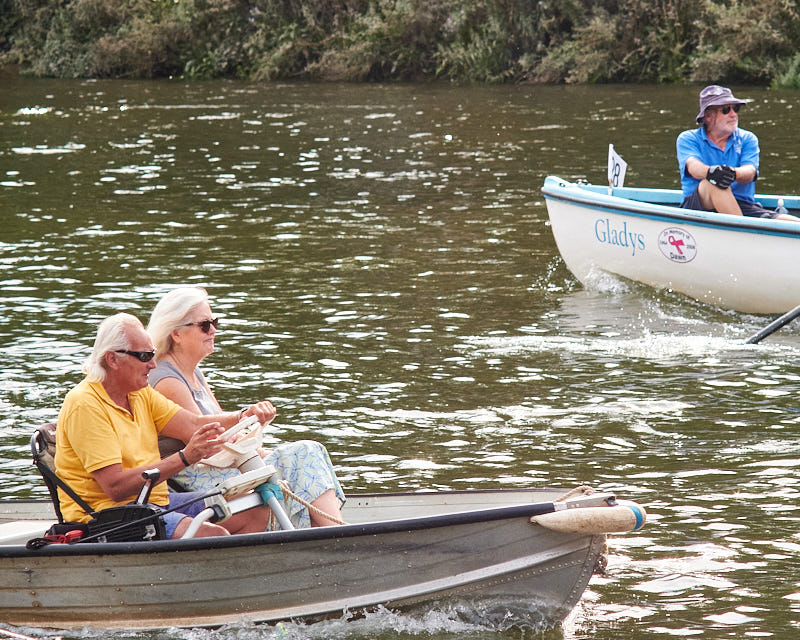



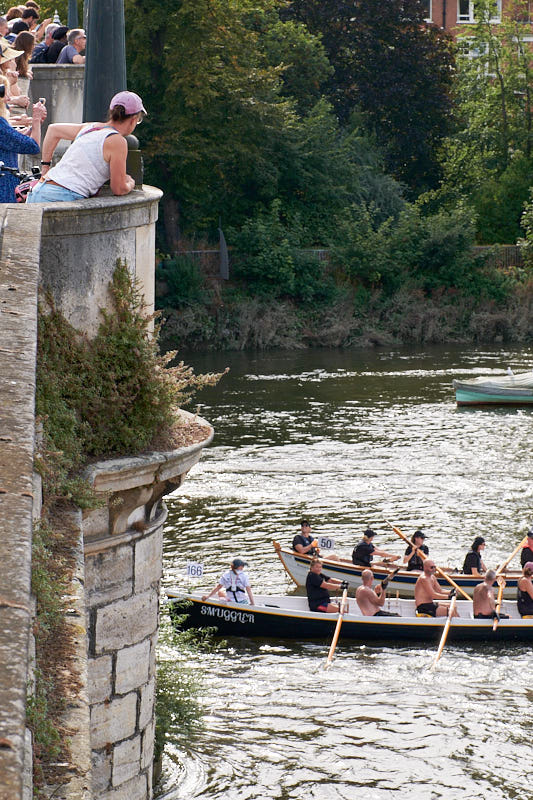


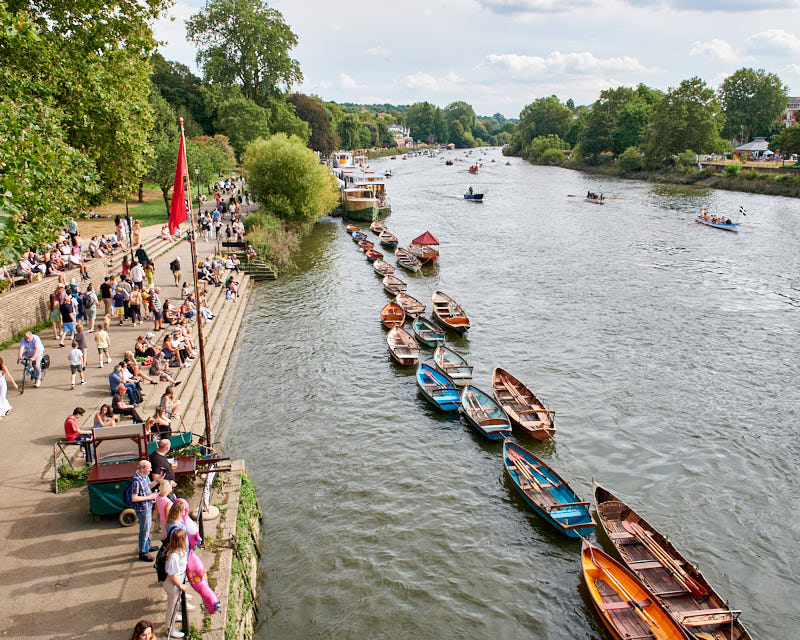
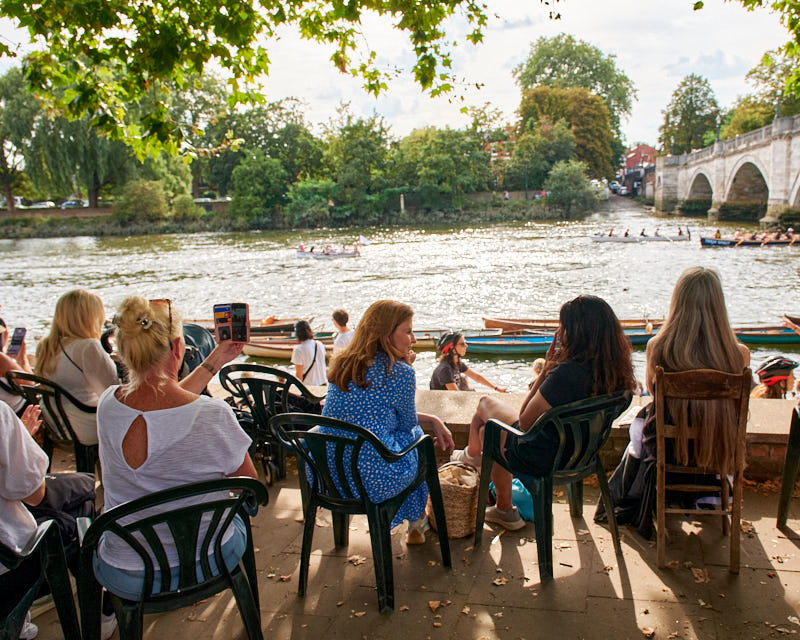

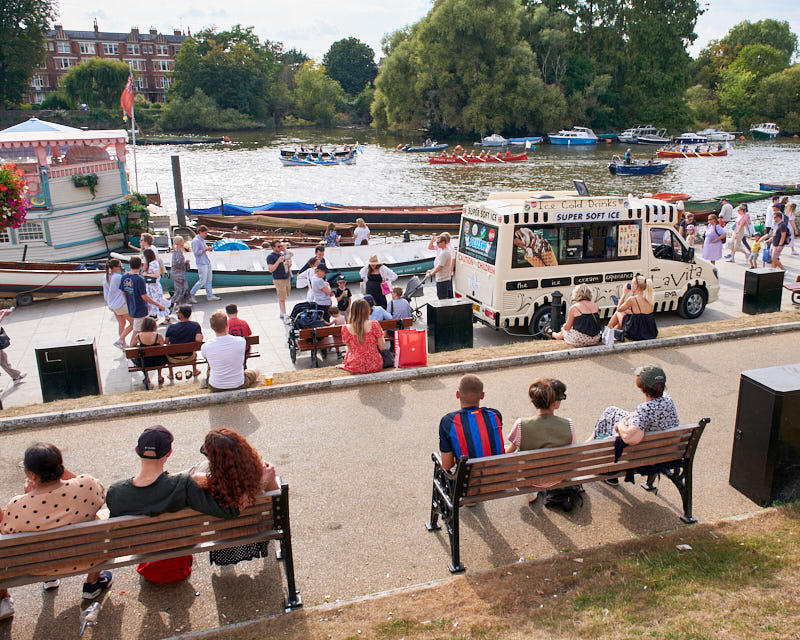
Remember those flags? Well, let me introduce you to a few highlights.




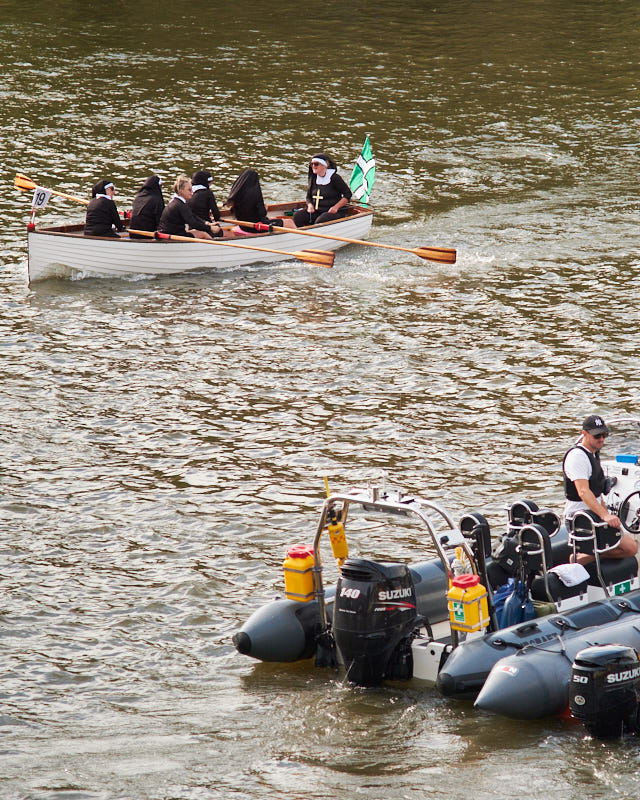




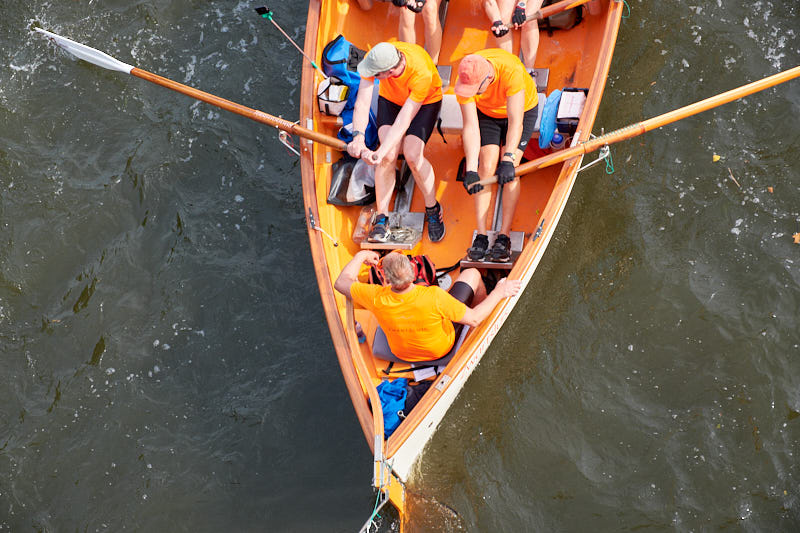


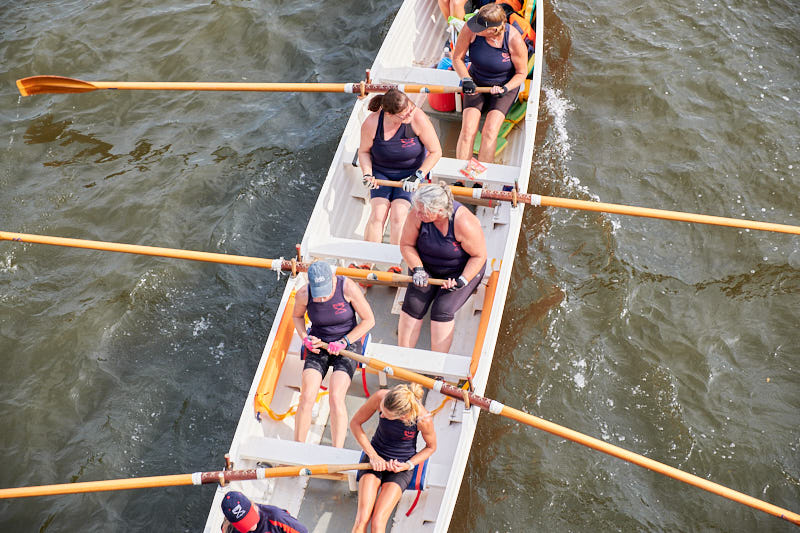



For me, the weekend of festivals was over. Sunday couldn’t promise the same turnout as Saturday, and quite frankly I needed a rest.


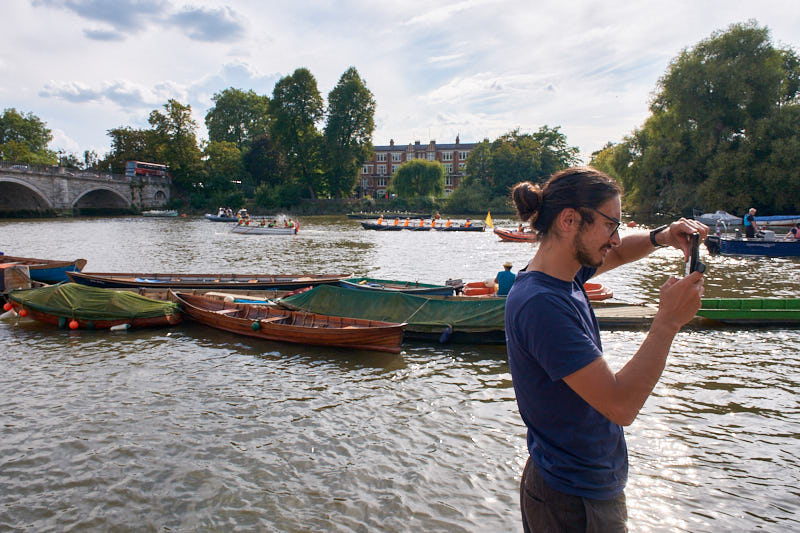

21 // Shadwell Tower Block Fire Aftermath
On 20th September, a tower block on Shadwell’s Hindmarsh Close was seen burning across the capital. The blaze was met by 80 firefighters according to the Evening Standard’s Matt Watts. Over the course of an hour, the London Fire Brigade used a specialist “64-metre turntable ladder” in order to reach the 15th-floor flat.
Since the Grenfell Tower Fire in 2017, these tower fires always caused a city-wide unease for a day or so. They are tall enough to be seen (and filmed) from across London, so there is plenty of amateur footage to go around, which only adds to the collective concern.
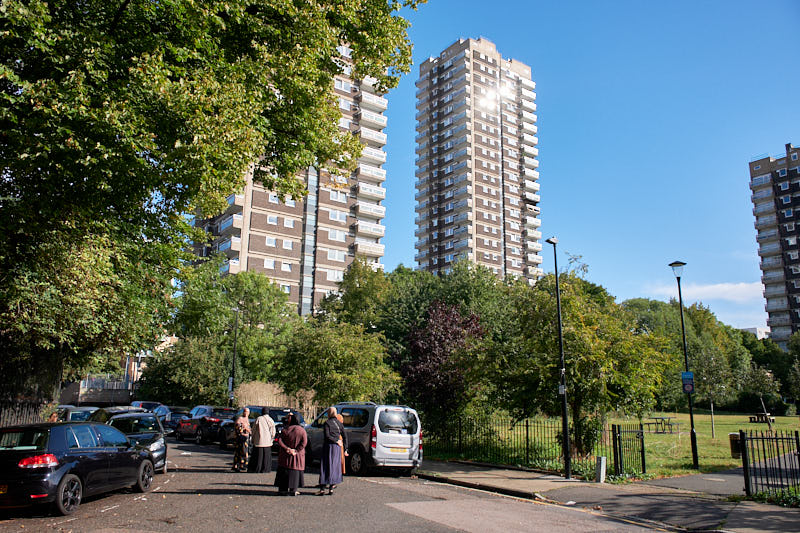
Luckily, Shearsmith House was no Grenfell. The damage of the fire was unremarkable. The original flat was completely burnt out, but only one neighbouring unit was damaged.
However, the community had clearly been shaken by the ordeal, with the communal areas of the estate seeming almost abandoned.
A few residents came out on their balconies to watch me find the best angle to see the blackened walls of the flat.
There is a collective trauma for those in similar buildings to Grenfell -- who can easily relate to being forgotten and pushed aside until it’s all too late.
I can’t say I blame them for being on edge.
However, the community had clearly been shaken by the ordeal, with the communal areas of the estate seeming almost abandoned.
A few residents came out on their balconies to watch me find the best angle to see the blackened walls of the flat.
There is a collective trauma for those in similar buildings to Grenfell -- who can easily relate to being forgotten and pushed aside until it’s all too late.
I can’t say I blame them for being on edge.
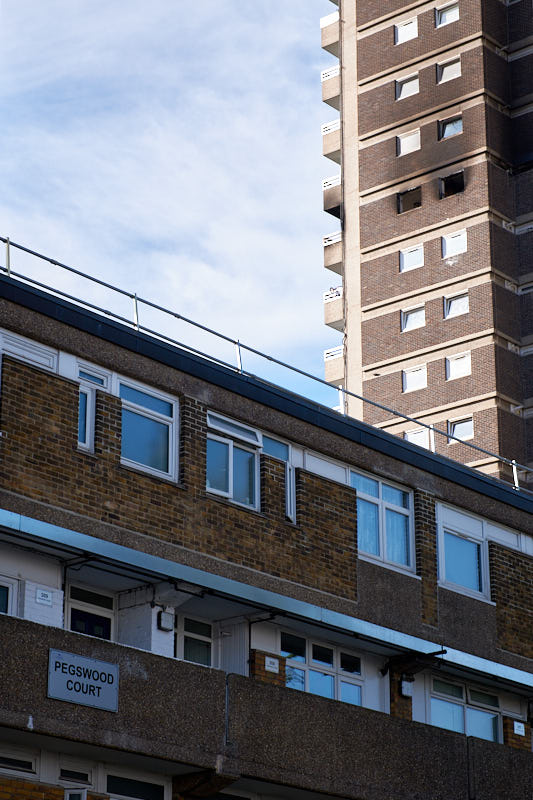

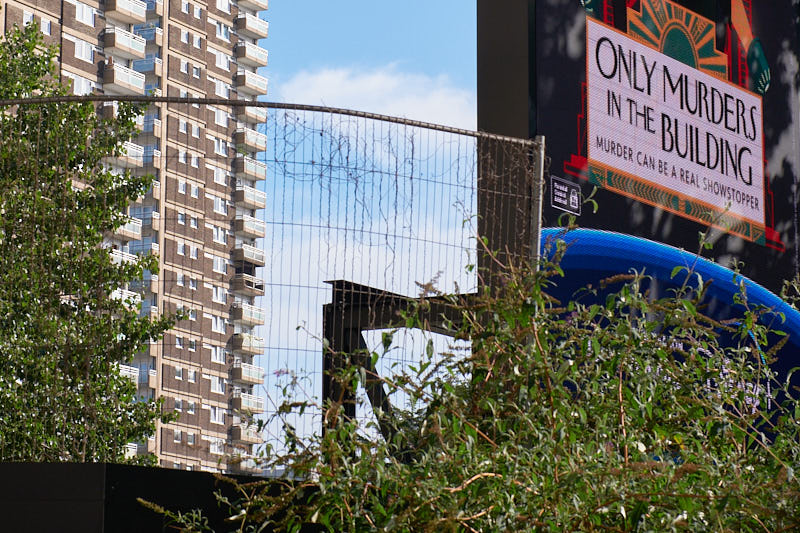
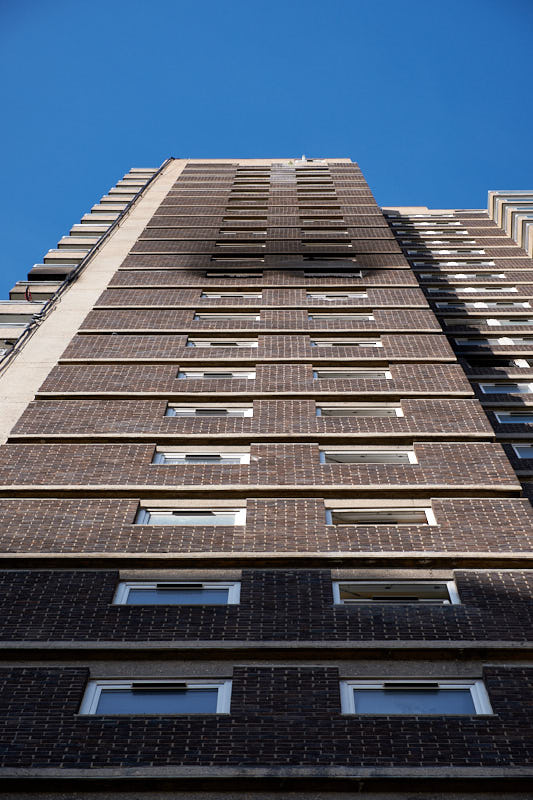
23 // Surbiton Festival
I’ll admit, by this point, I’m sure you are suffering from the same festival fatigue I was. For everyone’s benefit, I’ll keep this one short.
With Surbiton’s proximity to its Borough’s namesake, it can often be relegated to a neighbourhood of the comparatively expansive Kingston-upon-Thames. I have been guilty of this before. Hell, I’ve managed to never hear of the Surbiton Festival despite it running for 10+ years.
So, tail between my legs, I headed out on the train to Surbiton to see how it holds up to its bigger brother down the Thames. My lovely assistant and I arrived just in time for the parade. All the usual suspects took part: Scouts, military cadets, community organisations, a marching band. I must give a mention to the local Freemason Lodge.

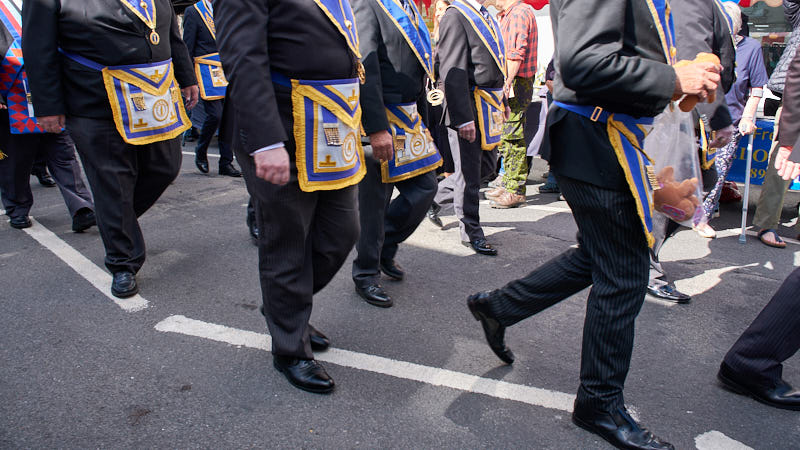
You just couldn’t miss them at the event. The parade, two separate stalls: half the children attending seemed to have Mason-branded balloons. Now this is certainly a result of my extensive time spent with the Protest Pen’s Truthers, but I ended up photographing them as these shadowy figures, faces obscured as they paraded in their ceremonial garb.
(For the sake of clarity: no, I do not believe that Freemasons have infiltrated the British judiciary system, nor do I think they are some sort of Illuminati-type organisation. If they are, then surely they have better things to do than participate in local parades. maybe that’s what they want me to think.)
Anyway, I present the parade:


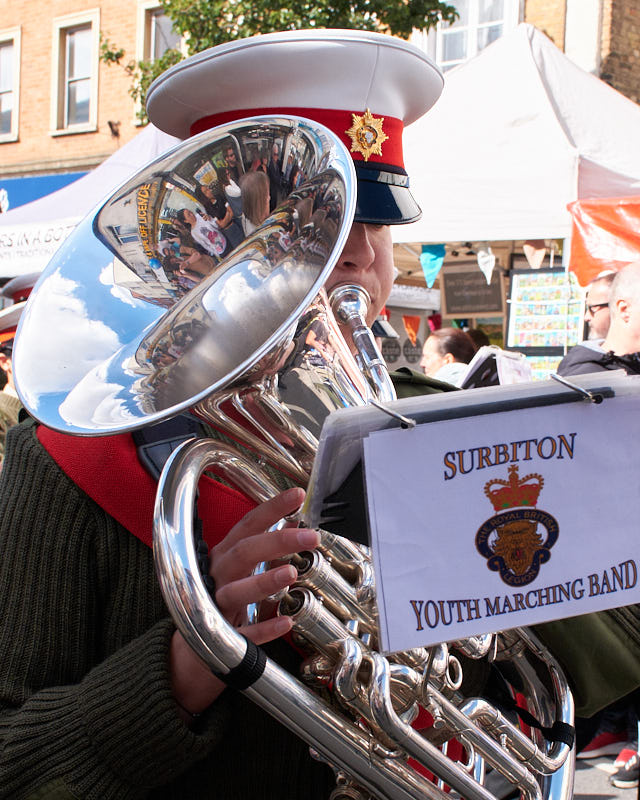
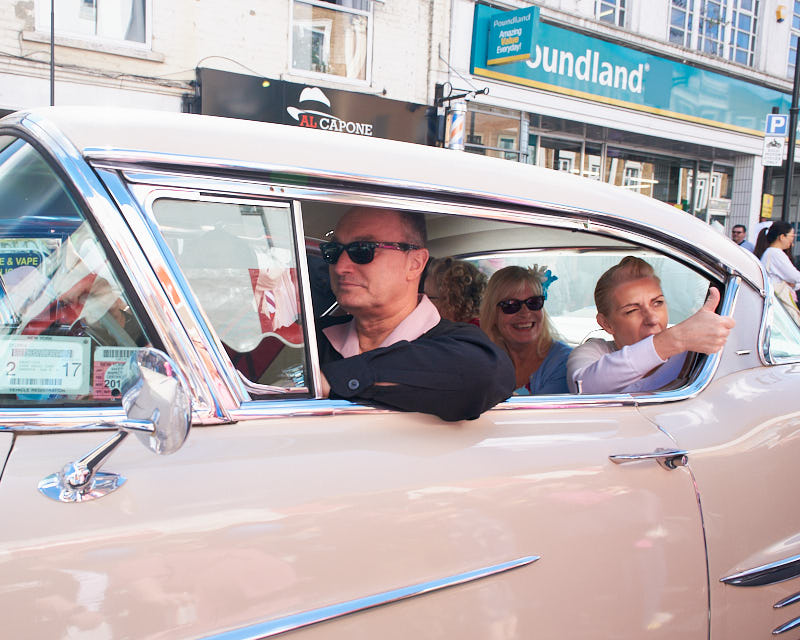
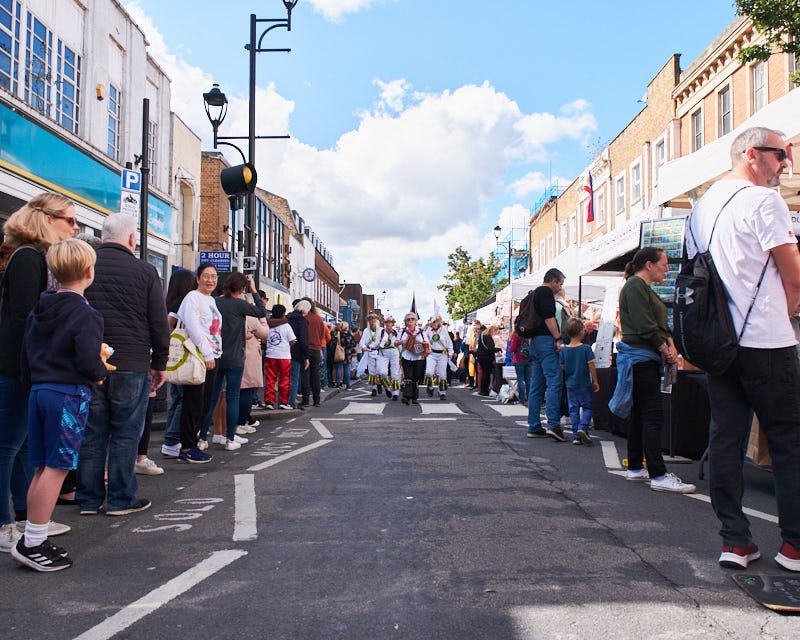

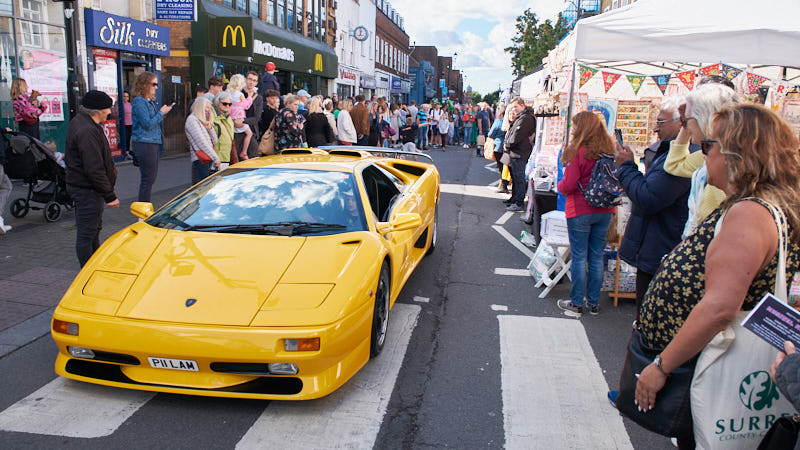

If you’re local it is certainly worth attending, especially if you have a family. The rest of the festival is certainly family-oriented, but there are bars and live music to cater for a more mature audience. Plenty of good food too, and with a refreshingly small number of ‘gimmick’ stalls: this was food you wanted to eat, not just post. If you fancy coming down to Surbiton for the day, here’s an idea of what you can expect on 28th September 2024.
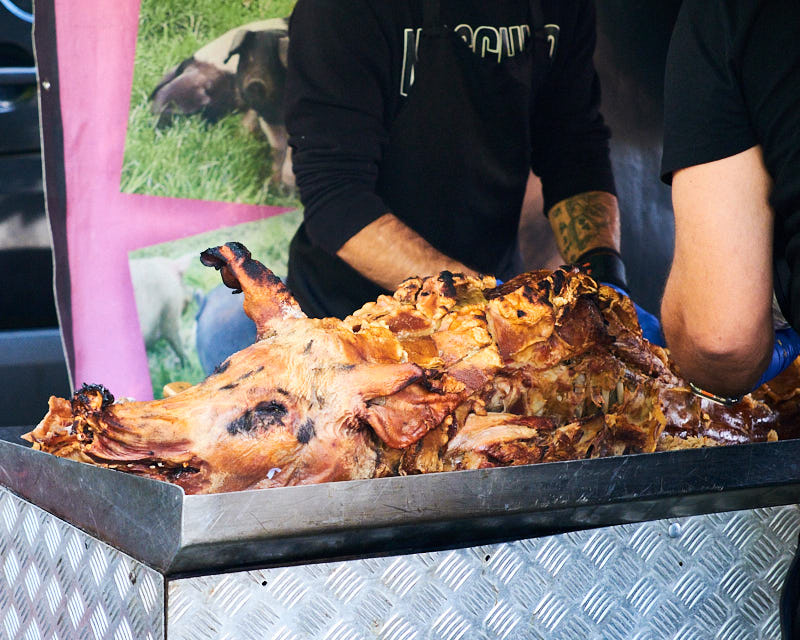

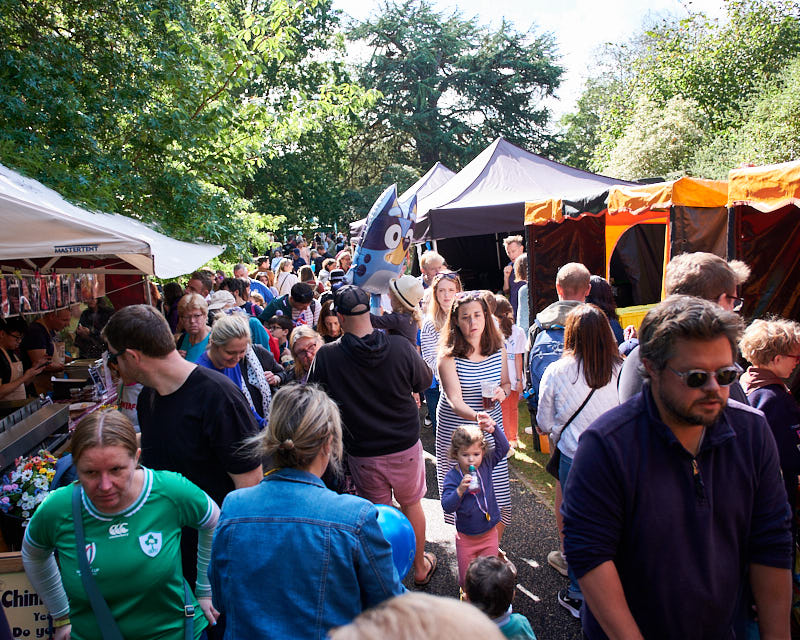
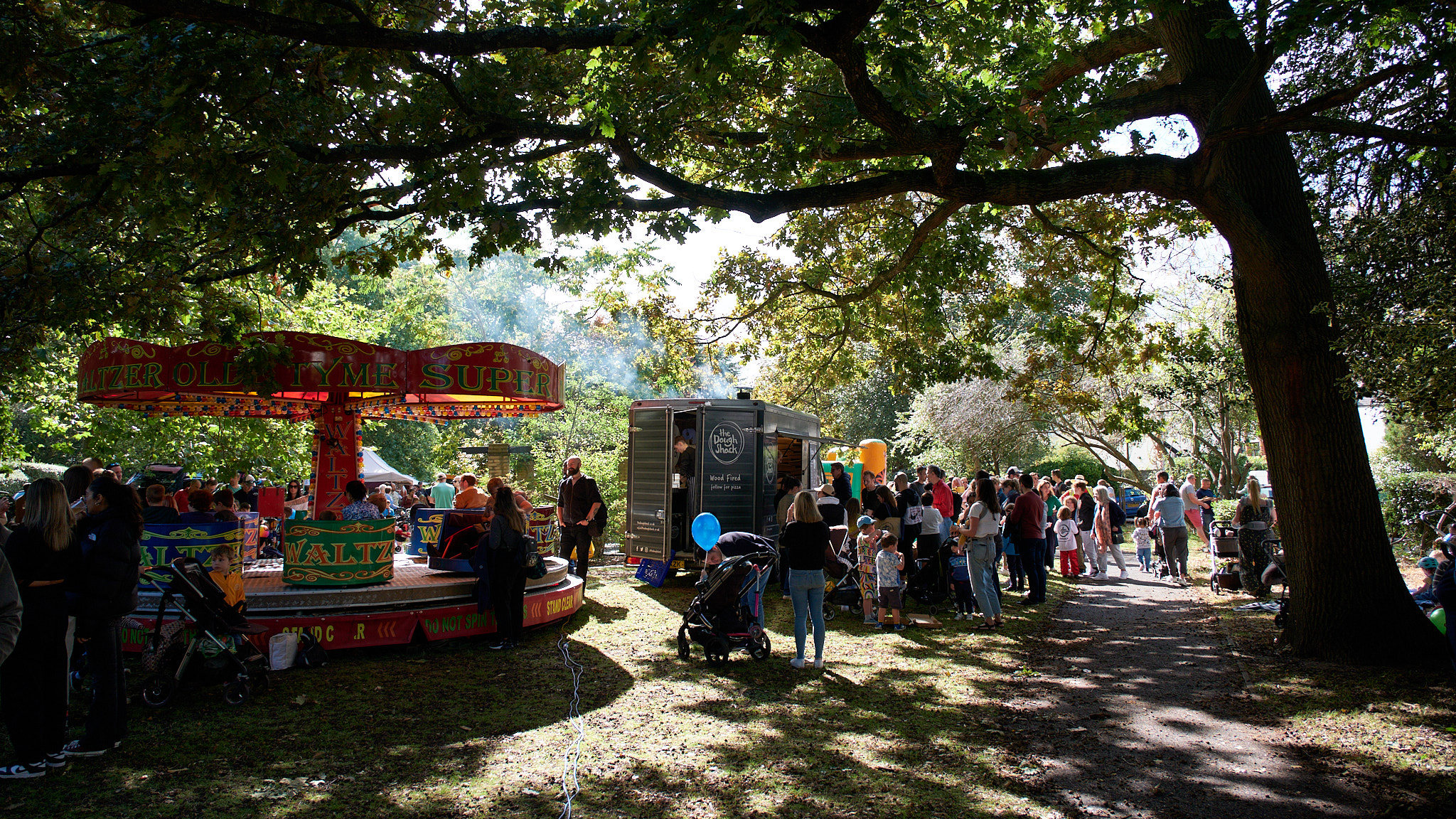
I would appreciate any and all feedback on this. Be it on the writing style, the format, the photos themselves, please get in touch: either by email, or on social media. This is my first real attempt at releasing some extended work, and I am still finding my voice and how to use it, and your thoughts will really help guide where this goes.
So until the next one, thanks for reading!